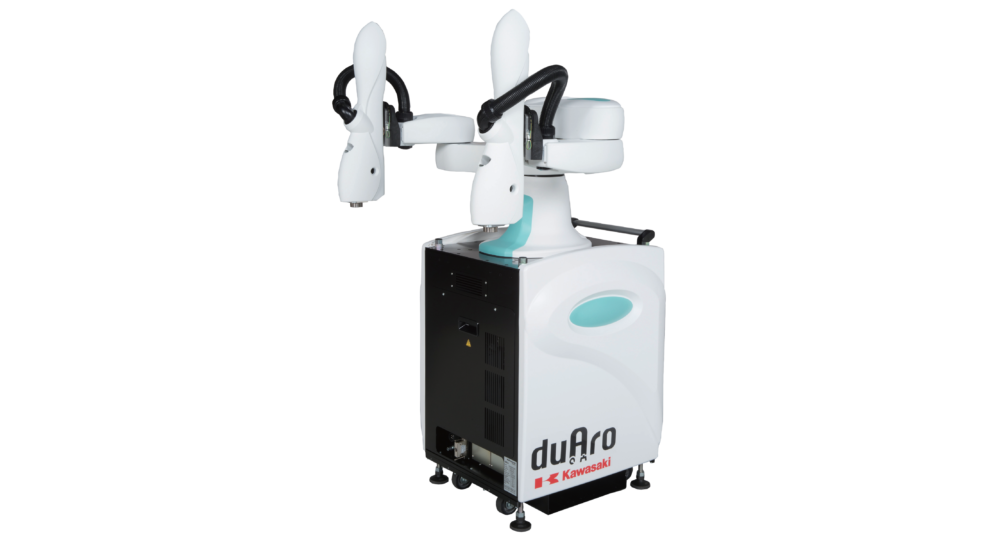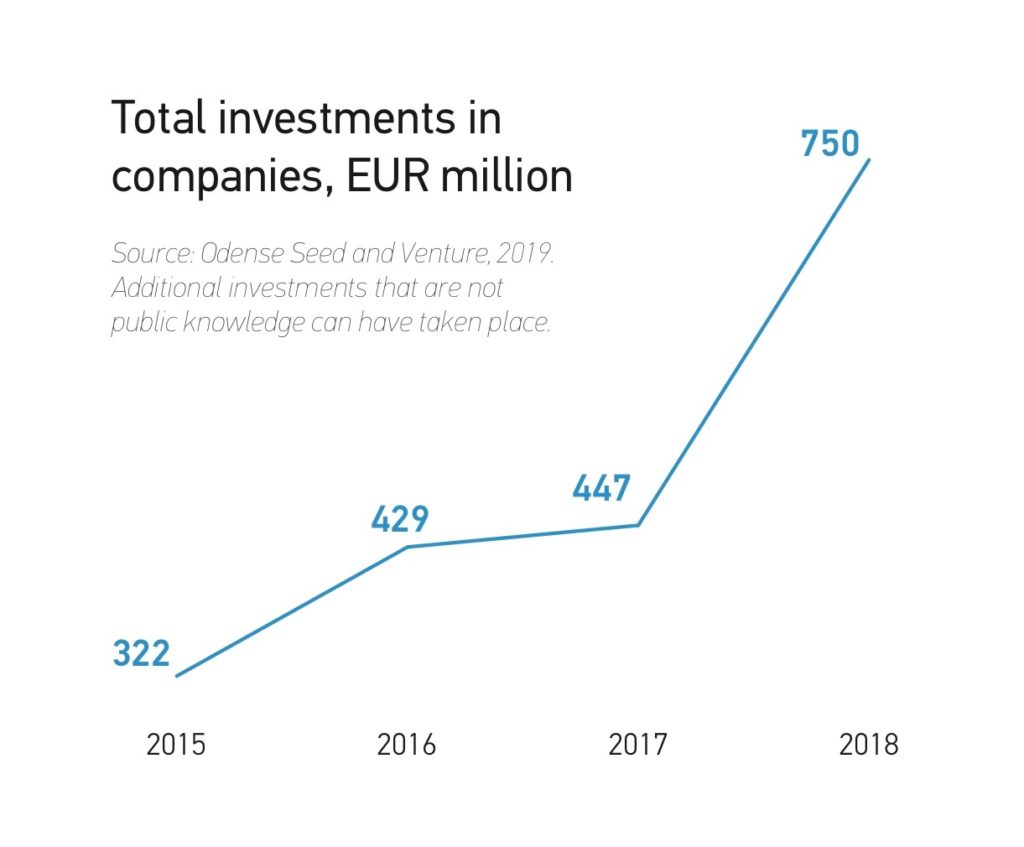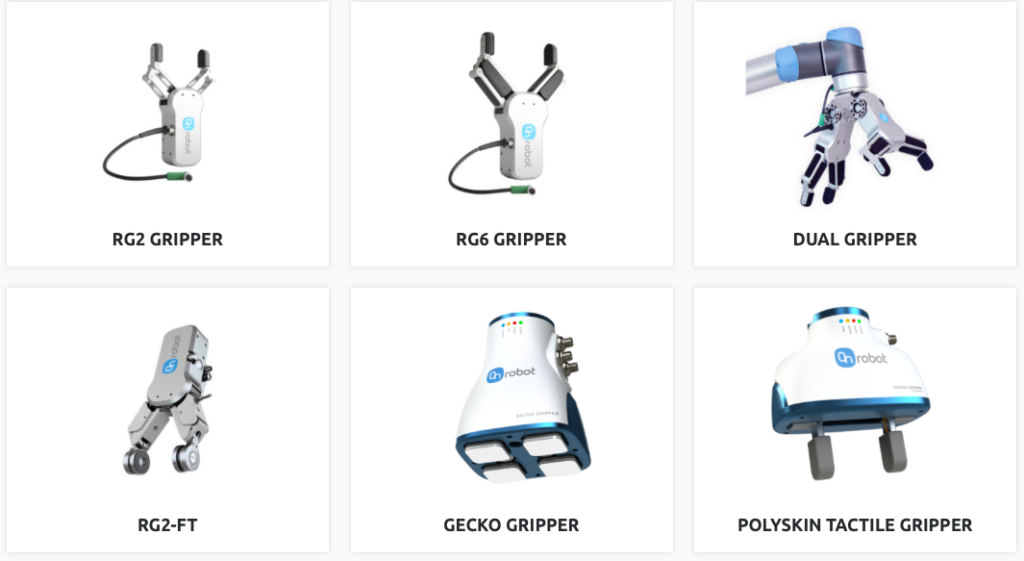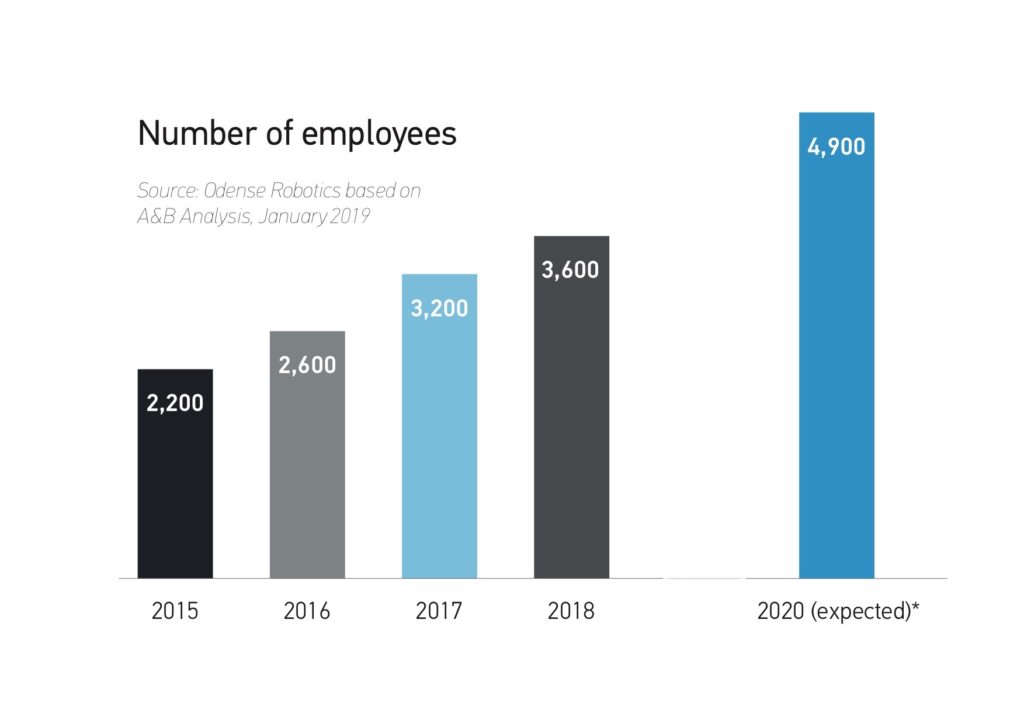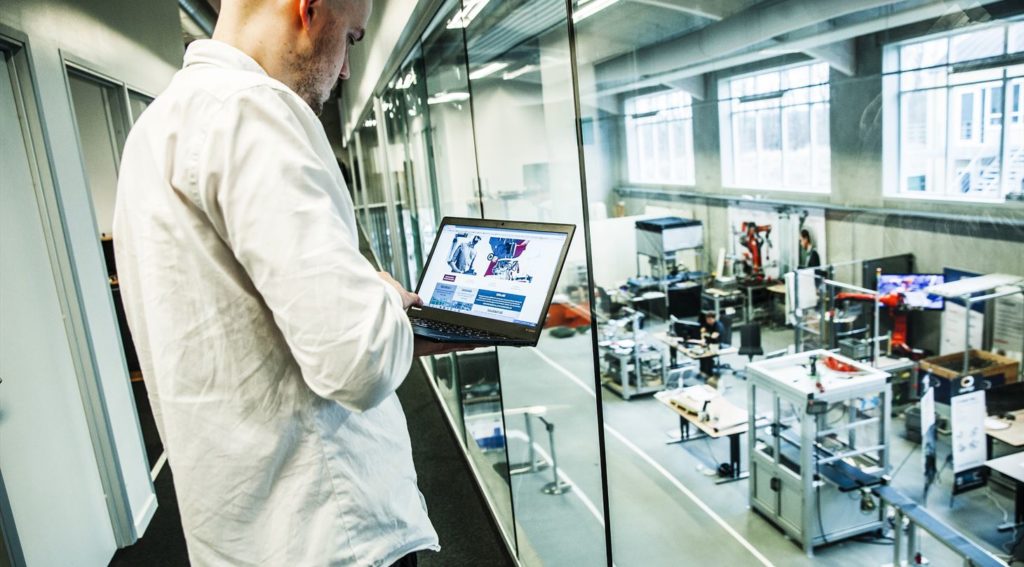Unlike industrial automation, which has been affected by a decline in automotive sales worldwide, robots for e-commerce order fulfillment continue to face strong demand. Warehouses, third-part logistics providers, and grocers are turning to robots because of competitive pressures, labor scarcities, and consumer expectations of rapid delivery. However, robotics developers and suppliers must distinguish themselves in a crowded market. The Robotics-as-a-Service, or RaaS, model is one way to serve retail supply chain needs, said Kindred Inc.
By 2025, there will be more than 4 million robots in operation at 50,000 warehouses around the world, predicted ABI Research. It cited improvements in computer vision, artificial intelligence, and deep learning.
“Economically viable mobile manipulation robots from the likes of RightHand Robotics and Kindred Systems are now enabling a wider variety of individual items to be automatically picked and placed within a fulfillment operation,” said ABI Research. “By combining mobile robots, picking robots, and even autonomous forklifts, fulfillment centers can achieve greater levels of automation in an efficient and cost-effective way.”
“Many robot technology vendors are providing additional value by offering flexible pricing options,” stated the research firm. “Robotics-as-a-Service models mean that large CapEx costs can be replaced with more accessible OpEx costs that are directly proportional to the consumption of technologies or services, improving the affordability of robotics systems among the midmarket, further driving adoption.”
The Robot Report spoke with Victor Anjos, who recently joined San Francisco-based Kindred as vice president of engineering, about how AI and RaaS can help the logistics industry.
Kindred applies AI to sortation
Can you briefly describe Kindred’s offerings?
Anjos: Sure. Kindred makes AI-enhanced, autonomous, piece-picking robots. Today, they’re optimized to perform the piece-picking process in a fulfillment center, for example, in a facility that fills individual e-commerce orders.
It’s important to understand our solution is more than a shiny robotic arm. Besides the part you can see — the robotic arm — our solution includes an AI platform to enable autonomous learning and in-motion planning, plus the latest in robotic technology, backed by our integration and support services.
The Robot Report visited Kindred at Automate/ProMat 2019 — what’s new since then?
Anjos: Since then, we’ve been hard at work on a new gripper optimized to handle rigid items like shampoo bottles and small cartons. We’ve got a ton of new AI models in development, and we continue to tune SORT’s performance using reinforcement learning.
What should engineers at user companies know about AutoGrasp and SORT?
Anjos: AutoGrasp is the unique combination of technologies behind SORT. There’s the AI-powered vision, grasping, and manipulation technology that allows the robot to quickly and accurately sort batches into discrete orders.
Then there’s the robotic device itself, which has been engineered for speed, agility and a wide range of motion. And finally, we offer WMS [warehouse management system] integration, process design, and deployment services, as well as ongoing maintenance and support, of course.
What use cases are better for collaborative robots or cobots versus standard industrial arms?
Anjos: Kindred’s solution is more than a robotic arm. It’s equipped with AI-enhanced computer vision, so it can work effectively in the dynamic conditions that we often find in a fulfillment environment. It responds to what it senses in real time and can even configure itself on the fly by changing the suction grip attachment while in motion.
The bottom line is, any solution that works for several different use cases is the result of compromises. That’s the nature of any multi-purpose device. We chose to optimize SORT for a specific step in the fulfillment process. That’s how we’re able to give it the ability to grasp, manipulate and place items with human-like accuracy — but with machine-like consistency and stamina.
And, like the people our robot works alongside of, SORT can learn on the job. Not only from its own experience, but based on the combined experience of other robots on the network as well.
RaaS can aid robotics adoption
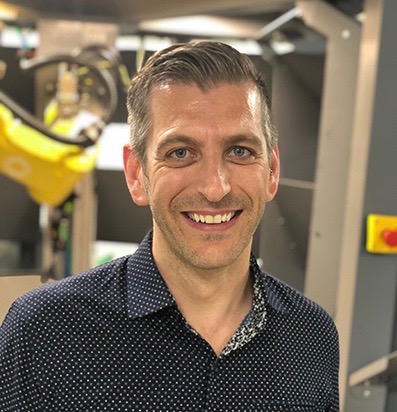
Victor Anjos, VP of engineering, Kindred
Have you always offered both the AI and robotics elements of your products through an RaaS model?
Anjos: Yes, we have. Both are included in RaaS, and it has been an important part of our model.
Can you give an example of how RaaS works during implementation and then for ongoing support? What sorts of issues can arise?
Anjos: With our RaaS model, the assets are owned and maintained by Kindred, while the customer pays for the picking service as needed. Implementing RaaS eliminates the customer’s upfront capital expense.
Of course, the customer still needs to allocate operational and IT resources to make the RaaS implementation a success.
Is RaaS evolving or becoming more widespread and understood? Are there still pockets of supply chains that aren’t familiar with leasing models?
Anjos: RaaS is a relatively new concept for the supply chain industry, but it’s attracting a lot of attention. The financial model aligns with their operating budgets. And customers have an ability to scale the use of robots to meet peak demand, increasing asset utilization throughout the year.
Are there situations where it’s better to develop robots in-house or buy them outright than to use RaaS?
Anjos: Every customer I’ve spoken with has their hands full managing fulfillment operations. They’re not very eager to hire a team of AI developers to build a fleet of robots and hire engineers to maintain them! And Kindred isn’t interested in selling apparel, so it all works out!
What issues can arise during a RaaS relationship, and how much should providers and clients collaborate?
Anjos: Every supply chain system implementation is unique. During implementation, Kindred’s customer-success team works with our customer to understand performance requirements, integrate Kindred robots into their existing warehouse processes and systems, and provide onsite and remote support to ensure the success of each implementation.
Do you see RaaS spreading from order fulfillment to retail stores? What else would you like to see?
Anjos: That’s very possible. Robot use is increasing across the entire retail industry, and the RaaS model certainly makes adoption of this technology even easier and more beneficial.
For example, I can see how some of the robotic technologies developed for traditional fulfillment centers could be used in an urban or micro-fulfillment centers scenario.
The post RaaS and AI help retail supply chains adopt and manage robotics, says Kindred VP appeared first on The Robot Report.
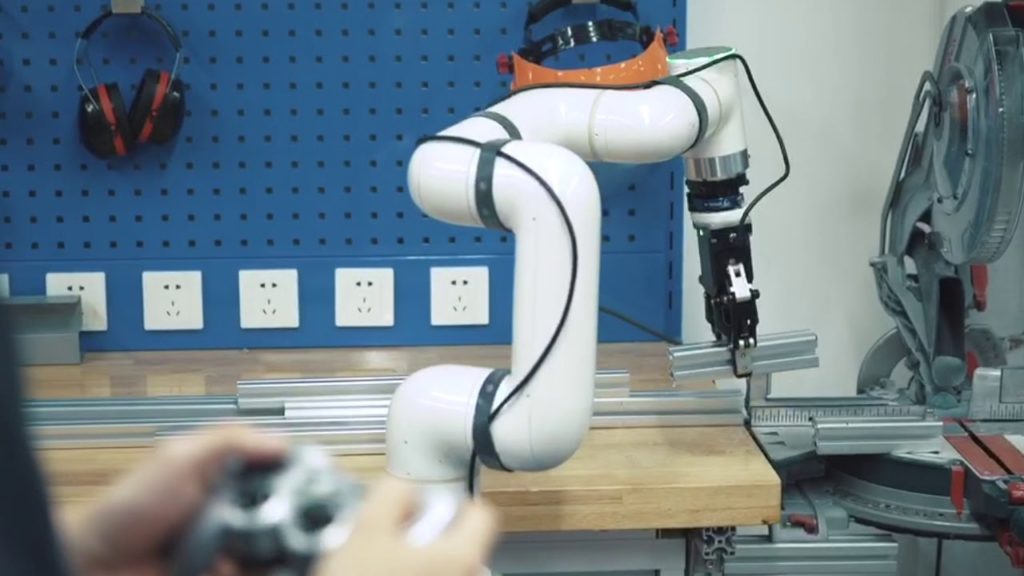
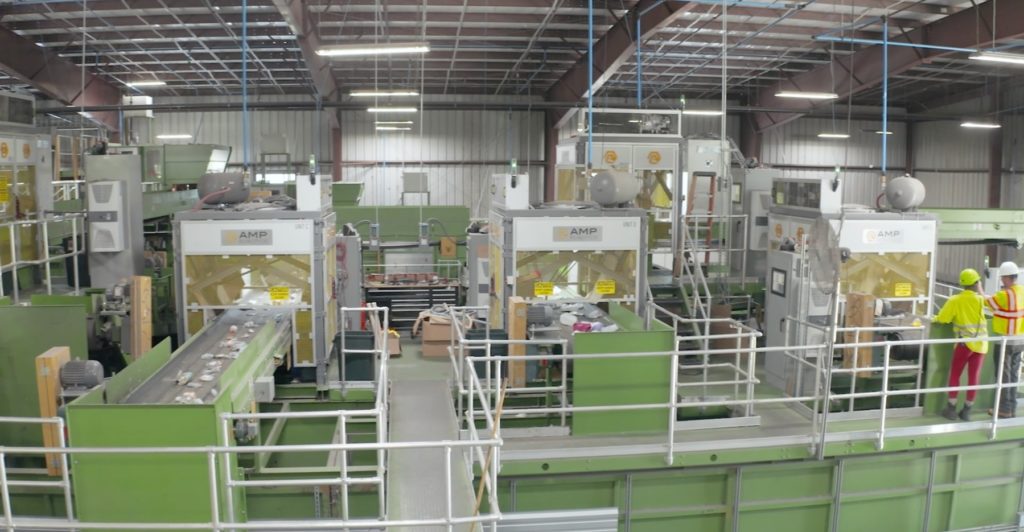

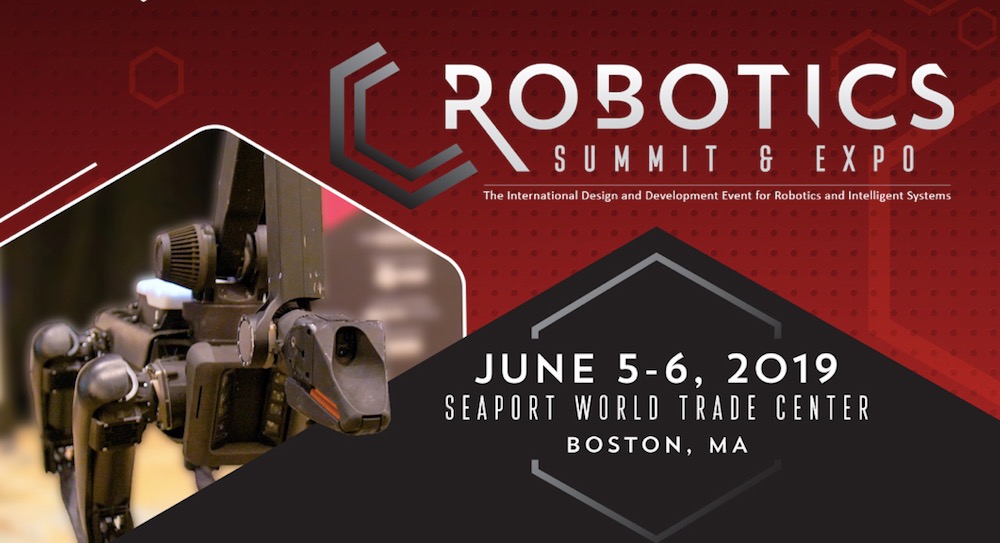 Keynotes
Keynotes